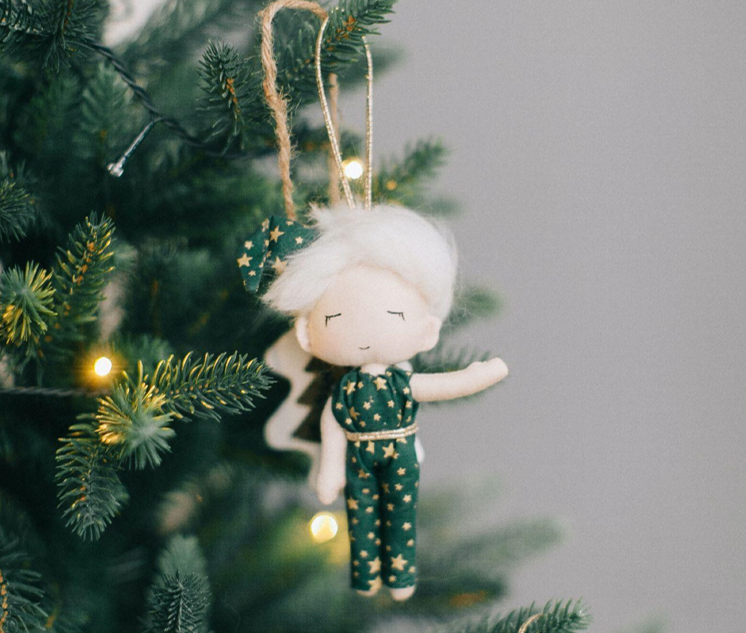Are you familiar with Twelfth Night? This traditional festival has been celebrated for centuries and still holds a special place in many cultures today. Join us as we take a closer look at the history and traditions of Twelfth Night and discover what makes this occasion so special.
The Origins of Twelfth Night
Twelfth Night, also known as Epiphany or Three Kings’ Day, is celebrated on January 6th, twelve days after Christmas. This holiday has its roots in the Christian tradition and marks the visit of the Magi (wise men) to the baby Jesus.
Over time, Twelfth Night evolved into a festival of its own, with unique customs and traditions. Twelfth Night was a time of great feasting and revelry in medieval times. The main dish was the Twelfth Night cake, which contained a hidden bean and pea. The person who found the bean was crowned King or Queen for the night, while the pea meant they had to choose a King or Queen from the guests.
Twelfth Night Today
While the Twelfth Night cake is less typical than it once was, the festival is still celebrated in many countries worldwide. In England, Twelfth Night is marked by the wassailing tradition, where people go from door to door singing and drinking to wish their neighbor’s good health and prosperity for the coming year.
In some Latin American countries, Twelfth Night is celebrated with a feast called Rosca de Reyes, a sweet bread decorated with fruits and nuts. The bread also contains a small figure of the baby Jesus, and the person who finds it in their piece of bread is responsible for hosting the following year’s celebration.
Twelfth Night Traditions
Aside from the Twelfth Night cake and wassailing, many other unique traditions are associated with this festival. In Ireland, for example, it is said that anything left over from Christmas must be finished by Twelfth Night, or bad luck will follow.
In some parts of Europe, people dress up in elaborate costumes and parade through the streets on Twelfth Night. This is known as the Cabalgata de Reyes in Spain, where children line the streets hoping to catch candy and small gifts thrown from the floats.
Celebrating Twelfth Night with the Smithsonian Libraries
At the Smithsonian Libraries, we are dedicated to preserving the history and traditions of Twelfth Night. Our expert librarians and researchers have delved deep into the archives to uncover fascinating facts and insights into this beloved festival.
Our collection of rare books, manuscripts, and illustrations offers a unique perspective on Twelfth Night, from its earliest origins to modern-day celebrations. Our team of experts is always on hand to answer questions and provide guidance on how to celebrate Twelfth Night in your community.
Whether you are a seasoned Twelfth Night enthusiast or a newcomer to this fascinating tradition, the Smithsonian Libraries has something to offer. From the colorful customs of England and beyond to the stunning illustrations of Shakespeare’s Twelfth Night, we provide a wealth of knowledge and insights to enhance your appreciation of this particular time.
So why not celebrate Twelfth Night with us at the Smithsonian Libraries? Discover this centuries-old festival’s magic and wonder and experience this beloved tradition’s warmth and camaraderie. With our expert team, you will have a memorable and meaningful celebration.
